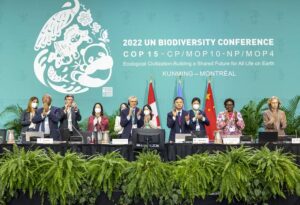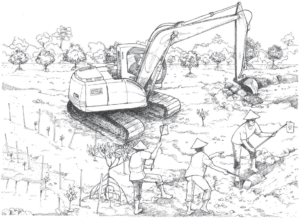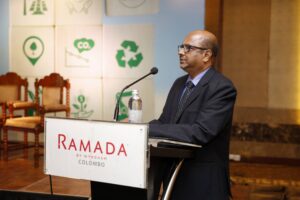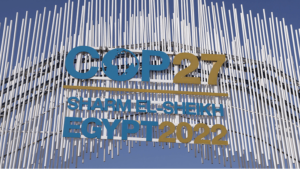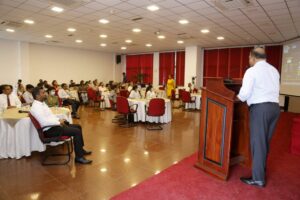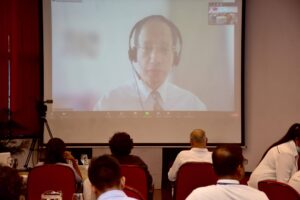On 2nd of February 2022, as it does each year, the world celebrated World Wetlands Day. The pre-declared theme for this year was “Wetlands Action for People and Nature” which has been set to draw attention on the sustainable use of wetlands and for promoting wetland conservation efforts. A wetland is an area of land that is either covered by water or saturated with water either permanently or seasonally. Marshes, swamps, bogs, and fens are the four main types of wetlands.
Wetlands are highly productive ecosystems which offer various ecosystem services such as increased water quality, flood regulation, nutrient recycling, pollution control, providing habitat and breeding grounds for fauna and flora species including migratory water birds and for providing recreational, economic and cultural services to people.
The extent of the world’s wetlands is estimated to be about 5–8% of the total land surface on earth. Despite this low representation as a percentage of area on land, wetlands among all terrestrial ecosystems have the best capacity to sequester and retain carbon through long term burial. Soils have a significant capacity to sequester carbon. Out of the total storage of carbon in earth’s soils 20-30% are stored in wetlands (Lal 2008). Carbon sequestration rates of coastal wetlands and freshwater wetlands are higher than terrestrial forests. Waterlogging soils limit oxygen transmission and creates an anaerobic condition. This condition slows down the decomposition rate of organic matter, leading to build up and storage of large amounts of organic carbon in wetland sediments. The hydrological connection between waterways and their associated floodplains plays an important role in terms of exchange of carbon and nutrients (i.e., wetlands can trap carbon rich sediments from catchments, but may also disperse carbon through water flow into floodplains[1])
Wetlands play an important role in regulating exchanges of greenhouse gases (GHGs). They play both roles as sink (process that absorbs) and source (process that releases) in term of absorbing and emitting GHGs. The anaerobic conditions are conducive to the production of greenhouse gases such as methane (CH4). When wetlands are flooded and anaerobic conditions exist, methane is produced. When these wetlands are dry, they act as methane sinks. Comparatively, coastal wetlands emit lower methane than freshwater wetlands because salinity inhibits the production of methane.
Wetlands have a significant potential in addressing climate change mitigation due to their high capacity to sequester carbon dioxide (CO2). Peatlands which are a type of wetland are recognized as the largest natural terrestrial carbon sink. Worldwide, the remaining area of near natural peatland sequesters 0.37 gigatonnes of CO2 per annum (IUCN, 2021). The same source indicates that peat soils contain more than 600 gigatonnes of carbon which represents up to 44% of all soil carbon, and exceeds the carbon stored in all other vegetation types including the world’s forests. Wetlands could also become net carbon sources due to natural processes and anthropogenic activities. Degraded peatlands act as major sources of GHG emissions, releasing roughly 5% of all global anthropogenic greenhouse gas emissions per annum. In fact, land use changes cause abrupt, significant changes in wetland soils which could potentially convert long-term carbon sinks into sources of carbon in the atmosphere.
The impacts of climate change on wetlands are complex. As indicated through a study in Australia, warmer climates will accelerate the rate of production of carbon dioxide and methane from wetland soils, wetter climates will increase wetland surface areas and promote carbon sequestration and increased primary production, but may increase methane emissions. Drier climates will increase the oxidation of carbon stores but reduce methane emissions.
The Ramsar Convention recognizes the importance of the conservation and sustainable use of wetlands. Reduction of land-based emissions via conservation of existing wetland ecosystems and the increase in the rate of carbon sequestration by wetland ecosystems will reduce net GHG emissions that would lessen the pressure on natural and human systems from climate change. Therefore, managing soil organic carbon stocks in wetlands should be given a high priority in order to maintain a steady carbon cycle and thereby address climate change mitigation aspects.
[1] https://www.awe.gov.au/sites/default/files/documents/wetlands-role-carbon-cycle.pdf, Accessed on Feb 25, 2022




